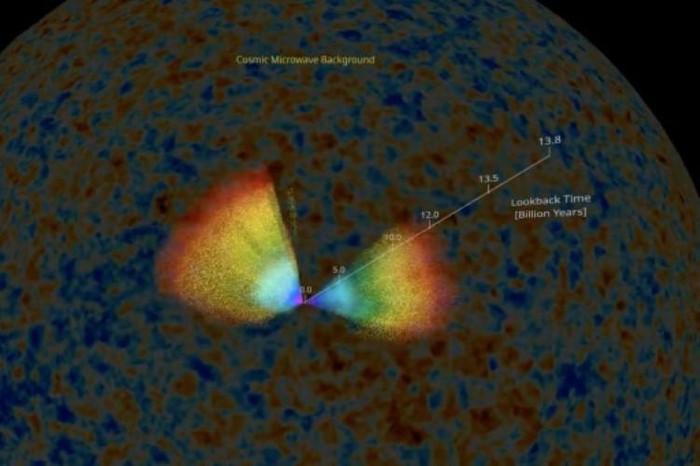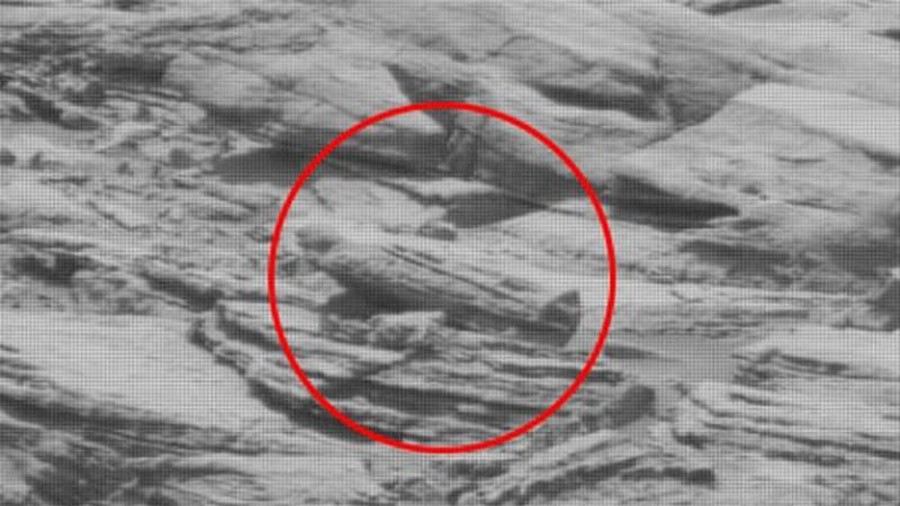The effort of hundreds of scientists from around 30 research institutes around the world has brought a "complete story of the expansion of the universe " - Will Percival of the University of Waterloo in Ontario (Canada) said.
The project was started more than two decades ago and researchers have recorded the expansion of the universe most accurately in the widest range ever. The map is based on the latest results of the Baryon Wide Spectrum Oscillation Survey (eBOSS) project of the Sloan Digital Sky Observatory (SDSS) project in New Mexico state (USA), with data Data collected from telescope over 6 years.
The newborn universe after the Big Bang is relatively famous through extensive theoretical models and observing the cosmic microwave background - the electromagnetic radiation of the newborn universe. Studies on galaxies and distance measurement also help scientists better understand the expansion of the universe for billions of years.
According to expert Kyle Dawson from the University of Utah, who published the map on July 20, the researchers helped fill a "problematic gap" about the expanding history of the universe within between 11 billion years long. After "5 years of continuous observation, we have worked to fill that gap and we are using that information to provide some of the most significant advances in cosmology over the past decade" - he adds.

Space physicist Jean - Paul Kneib at the Swiss Federal Institute of Technology (EPFL), who initiated eBOSS in 2012, said the goal of the scientists is to create the most complete 3D map throughout the life cycle. The universe. This is the first time researchers have redrawn celestial objects to indicate material distribution in a distant universe. The map shows that the material fibers and voids have more accurately defined the structure of the universe since the very beginning, when only 380,000 years old.
For the part of the map that involved the universe six billion years ago, researchers observed the oldest and redest galaxies. For more distant ages, they focused on the youngest galaxies - green ones. The 3D map shows that the expansion of the universe has begun to accelerate at some point in history and that process has not yet stopped.
The researchers say this appears to be due to the presence of dark energy, an invisible element that is consistent with Albert Einstein's theory of relativity but its origin is still unknown.
Astrophysicists have known for many years that the universe is expanding but cannot measure the rate of expansion with great precision. Comparing eBOSS observations with previous studies of the early universe showed differences in estimates of the rate of expansion.
The currently accepted speed, called the "Hubble constant", is 10% lower than the value calculated from the distances between galaxies closest to us.










 Detecting strange objects like alien coffins on Mars
Detecting strange objects like alien coffins on Mars SpaceX's Crew Dragon spacecraft successfully assembled with the ISS station, completely automated
SpaceX's Crew Dragon spacecraft successfully assembled with the ISS station, completely automated Watch live the first SpaceX spacecraft launch event
Watch live the first SpaceX spacecraft launch event Why are microorganisms living 'so tough' on Earth but still hard to survive on Mars
Why are microorganisms living 'so tough' on Earth but still hard to survive on Mars The strangest objects ever taken on Mars surprised many
The strangest objects ever taken on Mars surprised many